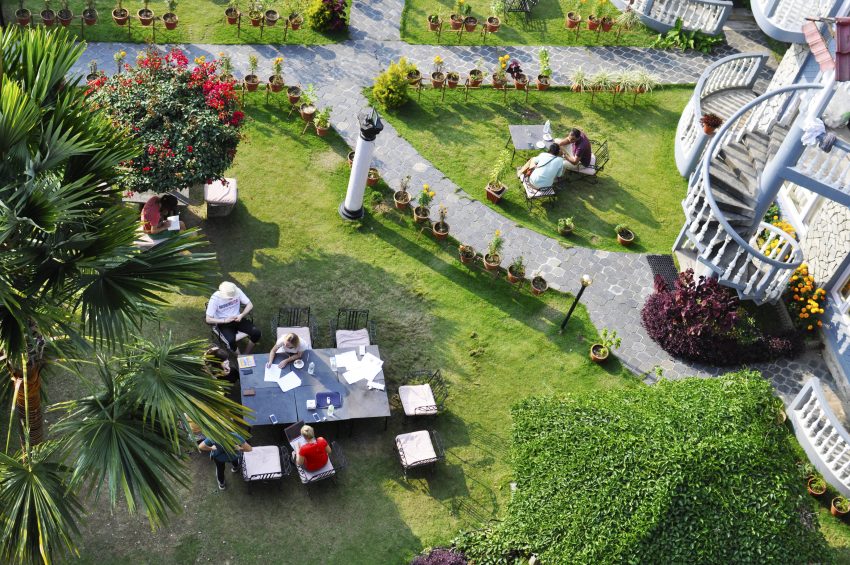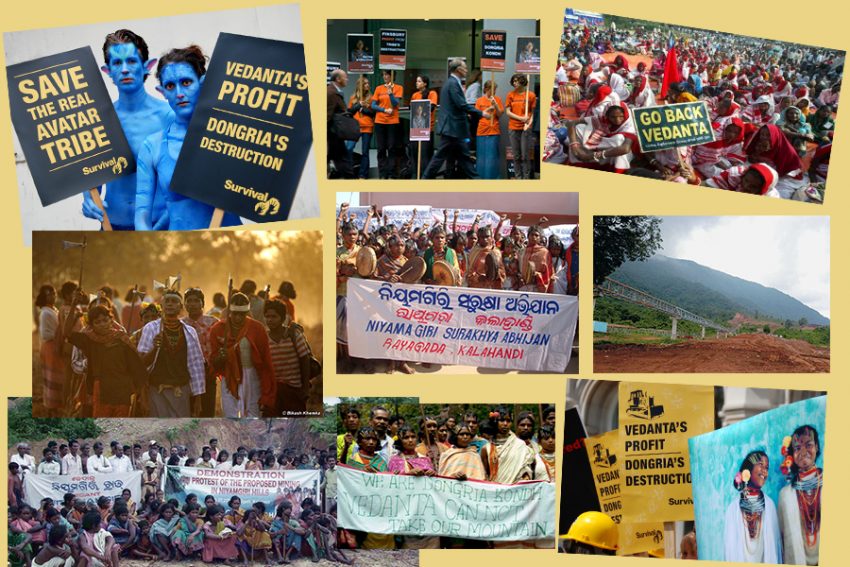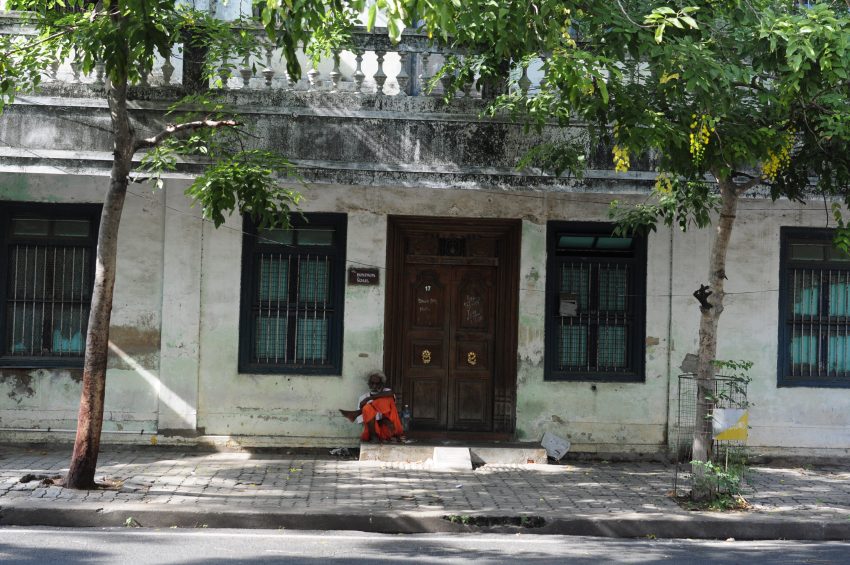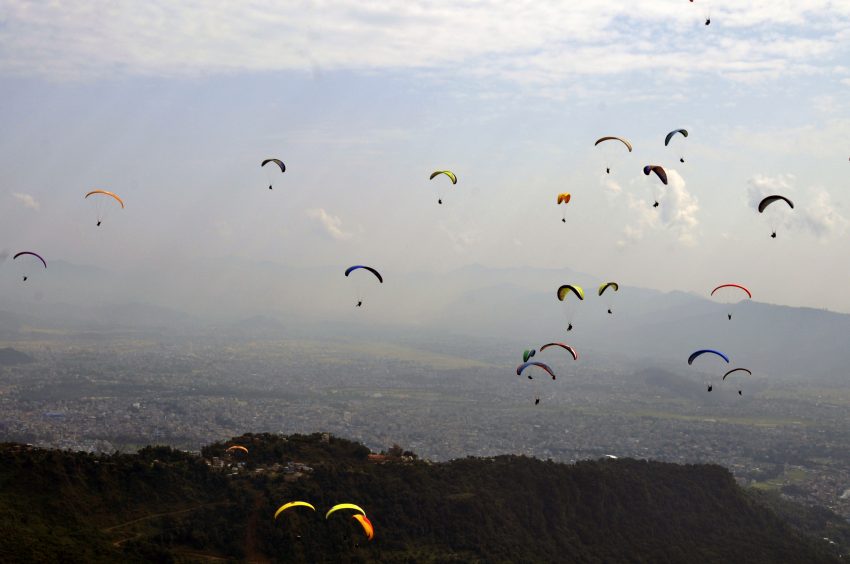
The ‘Peace and Conflict’ course was complete by the first week of November and I went back to my hometown. My friends and family were curious to know about the three months I had spent studying peace and conflict, an unconventional subject. The add-on journey to Nepal and my adventures there, added to the excitement. Back home I was showing my photographs and blogs to share my experience of the last three months.
Meanwhile I also had to take my final exam by the end of November. I had to write an individual paper on any of the given four topics. In my chosen topic I had to take any contemporary non-violent movement of South East Asia and discuss the success and failure of the movement. My interest in indigenous people’s movement against the big corporation who wants to take away natural resources in the name of development led me to choose Niyamgiri movement of Orissa state in India. In the case of Niyamgiri, a mining company wanted to excavate a mountain range, which was sacred to the native ‘Dongria Kondh’ people. The dependence of the natives on the mountain range for their livelihood and water source was the main reason for their resistance against the mining company. The investments of mining company were on stake so they were pushing hard for the mining. In this conflict, when the mining companies brought in armed police force against the natives for forceful eviction from the mining area the people resisted nonviolently and ultimately they could succeed through the strategically mobilization of resources and individuals. While writing my home exam I was using tools we learned during the course. It was a remarkable and upgrading experience.
Group work
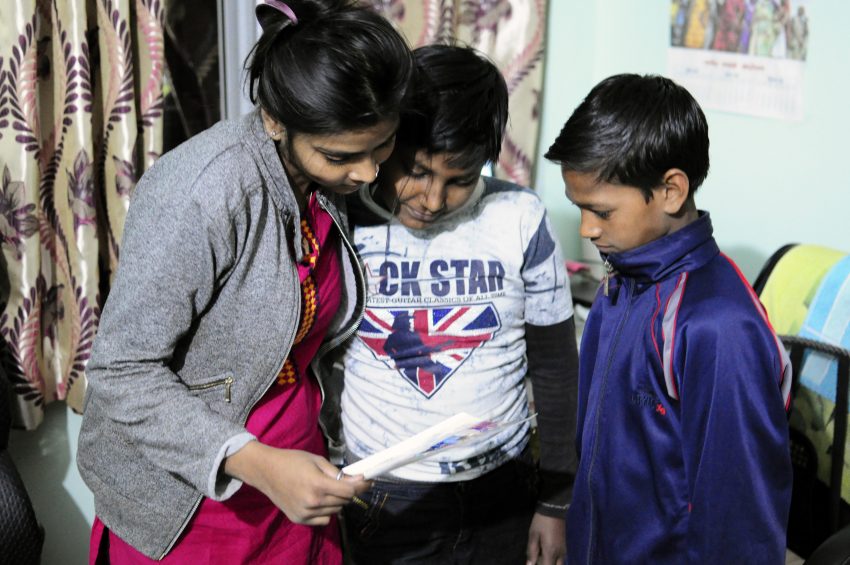 Sharing group photo with my cousins back home
Sharing group photo with my cousins back home
Part of my internet research when writing the last exam
After my completion of the program people were asking me ‘what’s next?!’. They meant about some future prospects of this course. Although I knew I could use my education to serve at some conflict zone with some NGO or national and international organization but my intention to enroll myself in this course was not to get placed but to get the understanding of peace and conflict. I have been working with political filmmaker and reading about the resistances and movements worldwide. Many times have I felt that conflict was much more needed than peace. Like in a patriarchal family, if the female is not resisting the injustice in order to maintain peace was disturbing for me. During the course I understood about negative peace and non-violent conflicts. This cleared my perspective and approach to understand the oppression, exploitation and resistance. I learned conflict management and peace making which is more apt and useful to me in my personal life than applying it in a bigger social order.
Most importantly, I understood about the importance of conflict and the different natures of peace. Although peace is the most desired state, the usage of peace is not every time innocent. The new war is not a direct war but an act of peaceful enslavement and sophisticate exploitations. Resisting injustice is an act of fetching positive peace. These ideas and understanding is what I got from the ‘Peace and Conflict’ course. In this Kulturstudier program, I realized when my classmate Emma once said, “although we come from different space and culture, at the bottom we share commonness”. I felt that commonness so humane.
Thanks for now and enjoy Nepal!
-Rajat-
